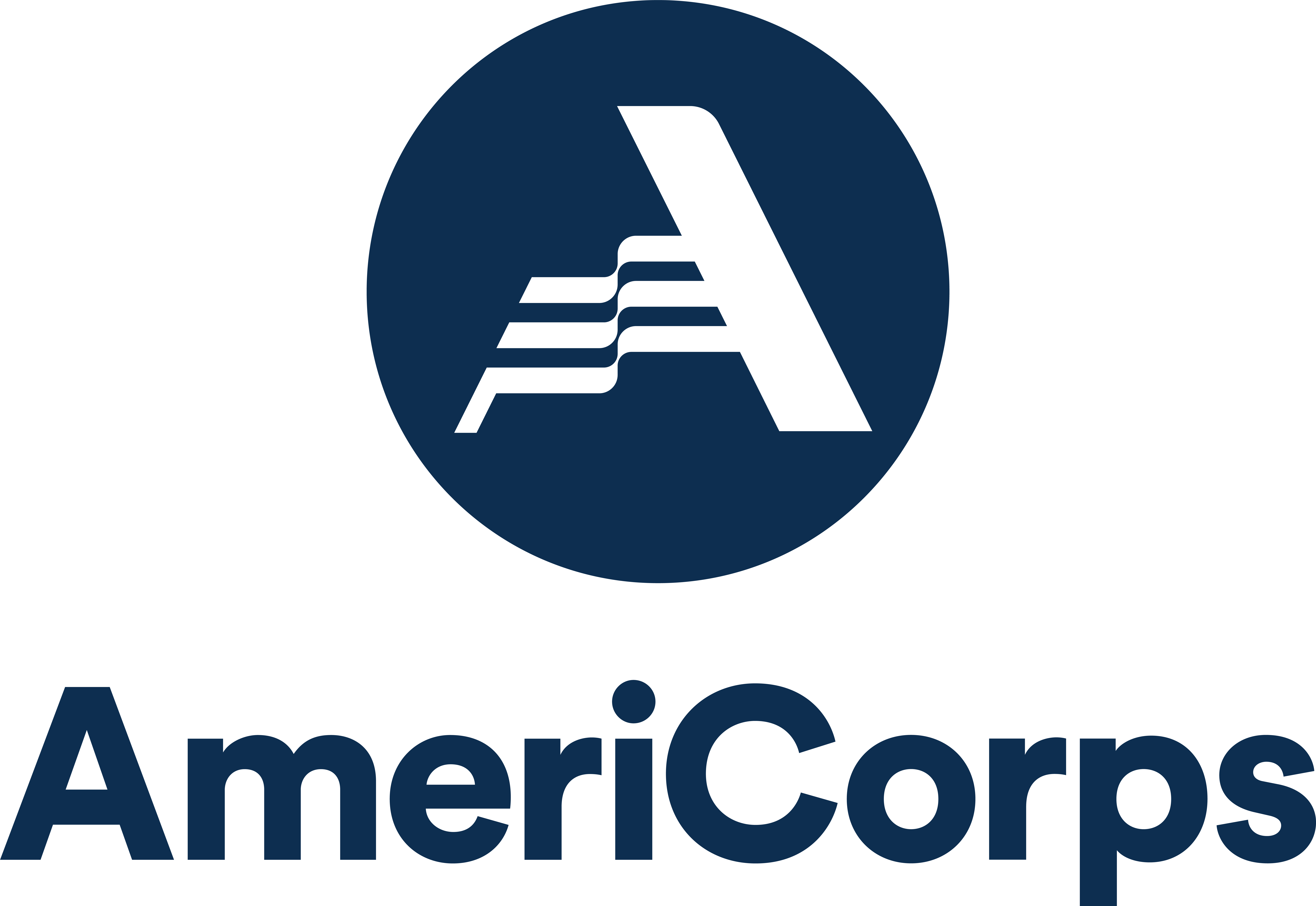Fifty years after President Lyndon B. Johnson launched his “War on Poverty” from a humble front porch in the tiny Appalachian town of Inez, Ky., many Americans still envision Eastern Kentucky as a region without hope or promise, a ‘black hole’ for federal and charitable dollars.
A recent article in the New York Times entitled “What’s the Matter With Eastern Kentucky?” described it as a place of “desperation,” a “moribund area,” where the “sheer intractability of rural poverty” makes it perhaps “the hardest place to live in the United States.”
To those who call this region home, however, such tired characterizations are an ongoing source of frustration because they misrepresent the region as a whole and ignore the very substantial progress made here over the past half-century. In the 1960s, Eastern Kentucky was indeed a poster child for rural poverty in America. A 1964 article in LIFE Magazine entitled “The Valley of Poverty,” described the situation: In a lonely valley in eastern Kentucky, in the heart of the mountainous region called Appalachia, live an impoverished people whose plight has long been ignored by affluent America. Their homes are shacks without plumbing or sanitation. Their landscape is a man-made desolation of corrugated hills and hollows laced with polluted streams. The people, themselves — often disease-ridden and unschooled — are without jobs and even without hope.
To the extent that such a depiction was accurate then, it certainly no longer holds true. Without a doubt, parts of Eastern Kentucky are still very poor relative to the rest of the nation, but relative to itself, progress has actually been quite dramatic, despite outside perceptions to the contrary. The national poverty rate fell modestly from about 22 percent in 1960 to about 15 percent in 2010. By comparison, the average poverty rate in the 54 counties that make up Appalachian Kentucky fell from a whopping 60 percent in 1960 to a still-significant-but-far-less-severe 26 percent in 2010.
That’s actually a pretty incredible turnaround, all things considered. Such progress occurred in spite of the steady decline of the region’s once-dominant coal mining industry. When coal-industry employment in Eastern Kentucky peaked in 1950, there were 67,000 miners. Now that figure has fallen to just 7,300. Abandoned mining facilities litter the hills and valleys of Central Appalachia, but the families of those who once worked the mines remain.
Last year, I served as a volunteer with Christian Appalachian Project (CAP), founded in Eastern Kentucky in 1964 –– the same year that President Johnson launched his “War on Poverty.” For 50 years, CAP has helped to provide the kind of relief and support necessary to give people in need in Eastern Kentucky and other parts of Appalachia a buffer against hardships and a foundation on which to build healthy, productive lives. Of course, CAP has never claimed to offer the solution to Eastern Kentucky’s economic woes. Instead, we view our role of providing relief and support to people in need as both a moral imperative and a means to help create the circumstances in which communities can flourish and development can occur.
While many may argue that our model of service should be replaced with a model of economic development, the reality is that nonprofit human service efforts and economic development enterprises are necessarily engaged in a partnership when facing the difficult task of uplifting distressed communities. That is because economic development doesn’t happen in a vacuum. An economy cannot grow if the people do not have enough to eat, or lack health care services, or live in substandard conditions, or lack educational opportunities, or have no means to rebound from family crises or natural disasters. CAP, alongside other worthy nonprofits, helps to meet many of the basic needs that would not otherwise be met by private business or public services.
So here are a few of the ways CAP is making a difference:
1. CAP’s largest program, Operation Sharing, serves more than 1.5 million people in need annually by distributing $80 million in donated food and supplies each year among more than 1,000 nonprofit and public partners in 15 Appalachian and Ozark states. CAP’s tractor-trailers pick up donated goods — including food and drinks, household and building supplies, clothing, appliances, furniture, and books — from corporate and national nonprofit storehouses, and then distribute them to partner organizations, including food pantries, schools, youth clubs, health centers, senior centers, churches, libraries, fire departments, shelters, and community development agencies. In so doing, CAP enhances the capacities of smaller local nonprofits, thereby helping to boost resilience and jumpstart development.
2. Through two Eastern Kentucky hubs, CAP’s Housing Repair and Elderly Housing programs work to ensure that all people within an eight-county distressed service area live in conditions that are safe, warm, and dry. Each year, with the help of 800 volunteers, CAP repairs more than 250 houses belonging to low-income individuals and families. While working to ensure the health and safety of residents through the provision of repairs, the program also preserves and enhances that most basic asset of the poor, their homes. Most importantly, this repair service frees our low-income participants from having to choose between paying for repairs and paying for food, gas, utilities, medicine, and other essentials.
3. From CAP’s inception, a focus has been put on nurturing young people and supporting families as a means to combat poverty and promote development in Eastern Kentucky. Due to a lack of affordable early childhood education programs, CAP runs two Child and Family Development Centers in Eastern Kentucky, which provide free full-day preschool, in-home infant/toddler development services, after school programming for school-age children, and family involvement programs for low-income families. In addition, CAP runs a food and clothing bank as well as Family Advocacy and Family Life Counseling programs in Eastern Kentucky. These provide various forms of in-kind assistance and emergency financial relief to low-income families, as well as counseling for families in situations of spousal abuse.
Finally, CAP runs two summer camps in Eastern Kentucky that provide week-long camp experiences for nearly a thousand young people from low-income families every summer. Ultimately, through these and other programs, what CAP provides in Eastern Kentucky is a kind of blanket of human services for the distressed communities it serves. While not directly promoting economic growth, these programs provide participants with supporting tools they need to construct better lives for themselves and for their families. Thus, while the impact CAP makes and has made over 50 years on the development of the region may seem small and is impossible to measure, it is not small in the lives of the individuals and families we serve.
Of course, Eastern Kentucky’s development challenges are not going to disappear any time soon. As a recent editorial in Louisville’s Courier-Journal explained: “The problems of Eastern Kentucky are stubborn and deep. They include generational poverty, high unemployment, low educational attainment, poor health, and entrenched political corruption.” And indeed, pockets of severe hardship remain, particularly in a handful of small rural counties such as Breathitt, Clay, Jackson, Lee, Leslie, and Magoffin—those highlighted as being among the nation’s poorest in the New York Times article cited above. But poverty in Eastern Kentucky is hardly insurmountable, as the progress of the past 50 years has shown.
Unfairly stereotyping the region as a ‘hopeless case’ and ‘black hole’ for public and aid monies simply because it remains poor relative to the rest of the nation is the last thing the region needs. Instead, what Eastern Kentucky has always needed is sustained commitment from the public sector and private business, as well as from a host of nonprofits like CAP willing to make the small, concrete differences year after year in the lives of the 26 percent of the region’s population most in need of help.








